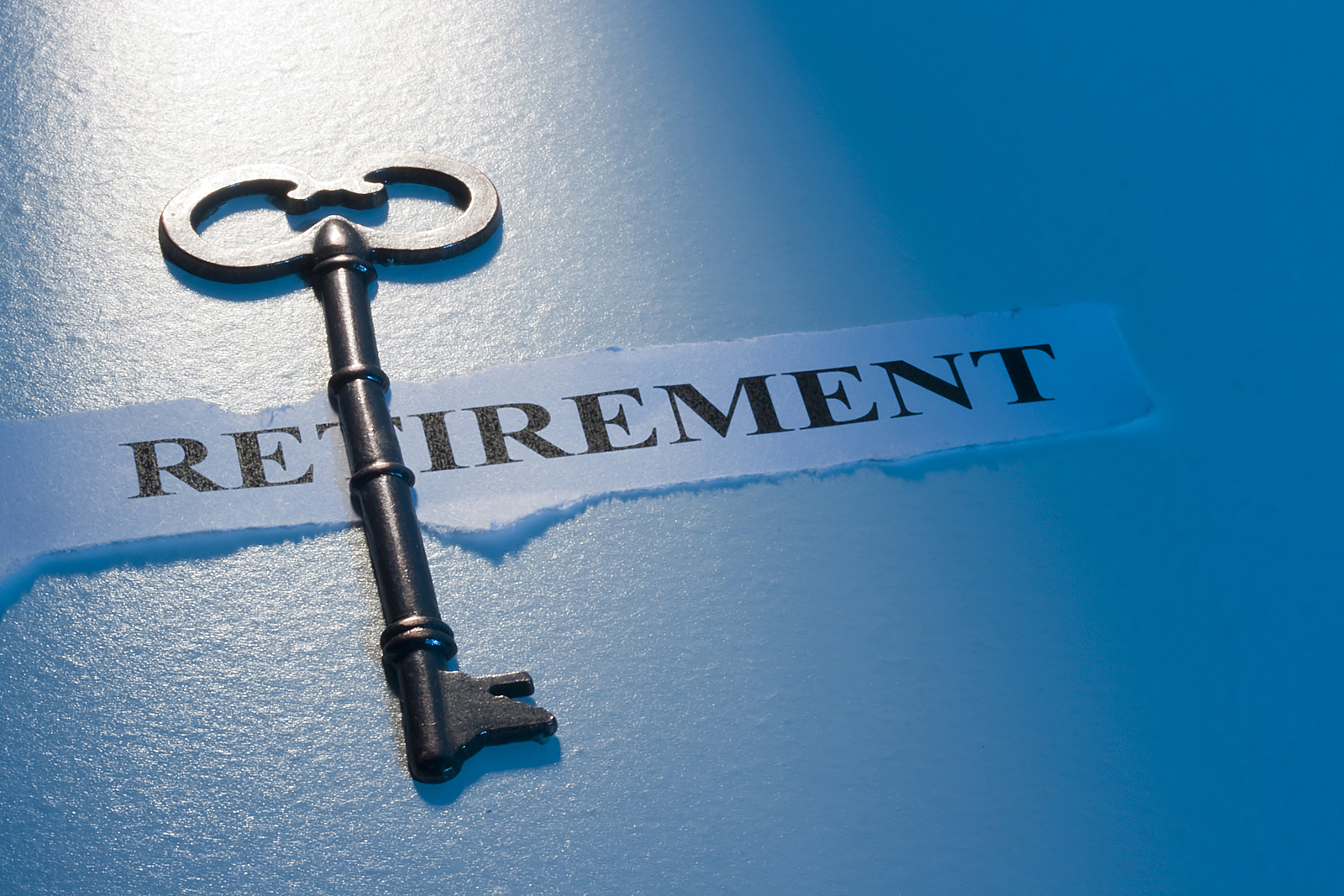Federal Employee Health Benefits and FEGLI at Retirement by Bob Wiener
Federal Employee Health Benefits and FEGLI at Retirement by Bob Weiner

Bob Weiner believes that if you’re a federal employee who is considering retirement and you should know that you are covered by both the FEHB (Federal Employee Health Benefits) program for health insurance and the FEGLI (Federal Employee Group Life Insurance) plan for life insurance coverage, then you may need to factor in what your options are in terms of taking these benefits with you when you go. This is because, while there are ways of maintaining this protection, there are distinct criteria that you will need to meet in order to continue the coverage after you become a retiree.
How to Continue FEHB Coverage After Retirement
In order to be eligible for continuation of your FEHB coverage after retirement from service, there are two primary criteria that you must meet. First, you will need to have retired on an immediate annuity. This means that you will have to have a retirement annuity that starts accruing no later than one month following the date of your final separation from service.
In addition, you will also have to have been either continuously enrolled as an employee or as an eligible covered family member in any of the FEHB plans during the five years of service that immediately preceded your retirement. (It is important to note that it is not required that you be enrolled in the same plan for each of these five years).
If, however, you have less than five total years of service leading up to your retirement, then you will need to have been enrolled in a FEHB plan during all of your time of service since the first opportunity that you had to enroll.
Continuing Your FEGLI Benefits

In order to keep your basic FEGLI coverage in retirement, you will also need to have five years of service. If so, you will have three options in how you may retain these benefits. These include the following:
- 75% Reduction – With this option, a reduction in coverage will begin the second month following your 65th birthday, or the second month following your retirement, whichever occurs later. Then, the coverage will decrease by 2% every month until it reaches 25% of its original amount, where it will then level out.
- 50% Reduction – With this option, you can retain 50% of your original amount of coverage. The reduction also starts during the second month after your 65th birthday, or the second month after retiring – whichever occurs later. With this option, the coverage will decrease by 1% every month until it gets to 50% of its original amount.
- No Reduction – With the no reduction option, you may retain the full amount of your FEGLI benefit.
Options for Those Not Eligible to Keep Their Benefits
If you are not eligible to continue your FEHB or FEGLI benefits, then you may still have various options. For example, with the FEHB plan, you will have an extension of 31 days of coverage at no cost to you. Following that time, you can either drop the plan altogether or convert it over to an individual contract. You may also request a Temporary Continuation of Coverage. This will allow you to continue the FEHB benefits for up to 18 months at a premium cost of 102%.
For the FEGLI plan, you will also have a no-cost 31-day coverage extension. However, after that time period has elapsed, you will only be able to either drop the coverage completely or to convert some or all of the benefit over to an individual policy and likewise pay the premium out-of-pocket.
About Bob Wiener:
Bob Wiener believes in “Working hard and always being there for (his) clients.” Working with the employees and partners of a major accounting firm for over twenty years, Bob has learned how to help even the most discerning clients work their insurance and retirement planning needs.





